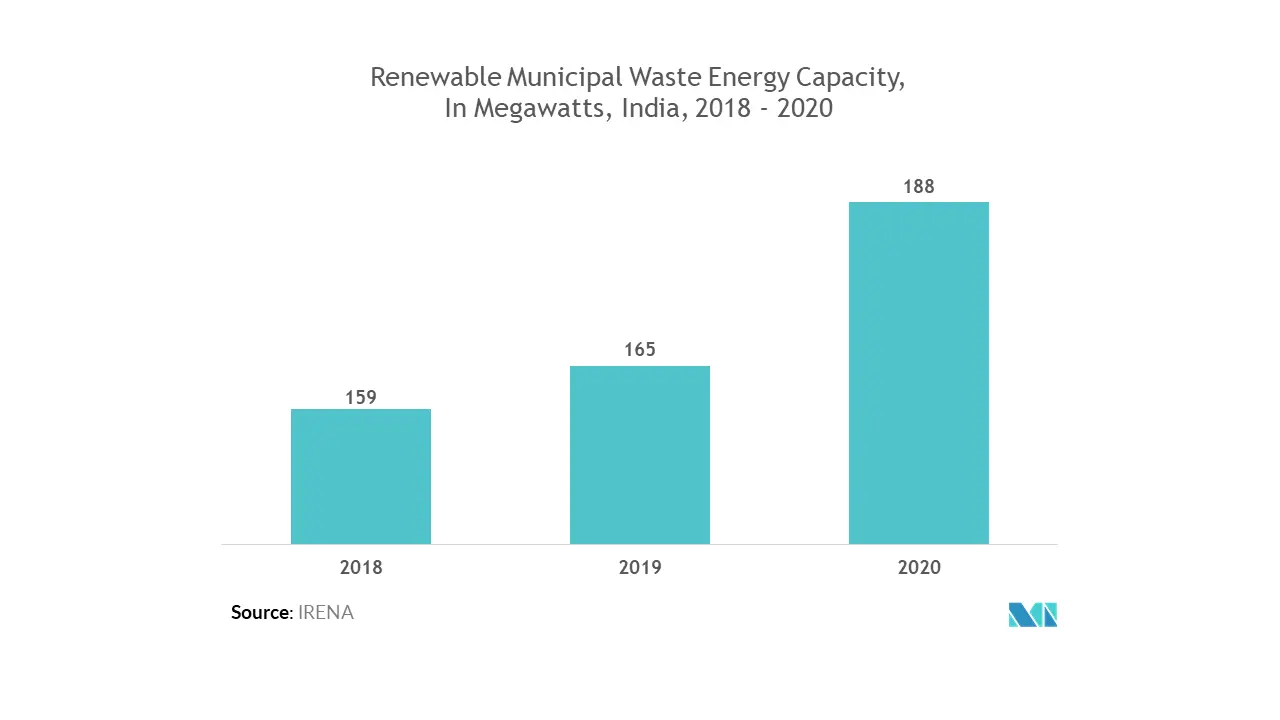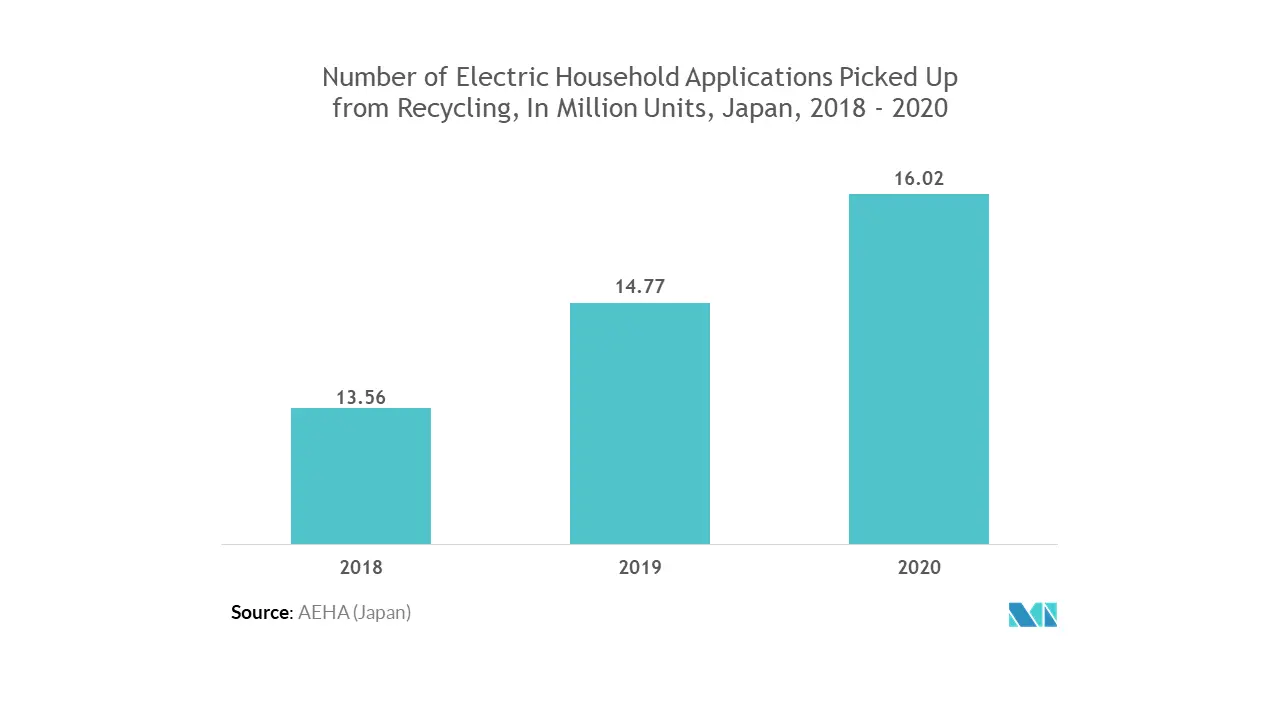Market Trends of Asia-Pacific Hazardous Waste Handling Automation Industry
This section covers the major market trends shaping the APAC Hazardous Waste Handling Automation Market according to our research experts:
Growing Concerns About Waste Management are Expected to Drive the Demand
- The automation solutions also help control the expenditure toward healthcare treatment caused by the after-effects of these hazardous wastes on the population. Growing awareness and the changing environmental conditions are expected to drive the hazardous waste handling automation market.
- The manufacturing industry is one of the significant segments that produce waste globally. A large portion of this waste is hazardous due to the presence of chemical substances. Furthermore, waste products from the manufacturing industries, such as paints, oils, batteries, strong acids and bases, reactive substances, and other ignitable wastes, should be disposed of with special care. The improper disposal of these wastes impacts the environment greatly and, ultimately, human beings. Therefore, the increasing amount of waste from the production and manufacturing sector is driving the market's growth.
- To avoid the direct contact of humans with hazardous waste, the need for automation increased drastically. By deploying various automation solutions, the concerns of proper handling can be reduced, and process efficacy can be improved.
- Furthermore, the International Environmental Technology Center (IETC) of the United Nations Environment Programme (UNEP) in Japan encourages the deployment of integrated solid waste management systems. Its work also focuses on properly handling specific wastes in developing countries (electronics, agricultural biomass, and plastics). The IETC strives to improve solid waste management by incorporating all stakeholders through local pilot projects.

Japan to Hold a Significant Share in the Market
- The public sanitation zone expands as metropolitan areas grow. Setting up trash transfer stations from small- or medium-sized garbage trucks to larger trucks helps improve the efficiency of collection and transport operations in cities with expanding collection zones.
- Furthermore, the expense of garbage collection and transportation accounts for a large portion of waste disposal operations in the city, and improving collection and transportation efficiency reduces costs while maintaining or improving quality.
- The country is witnessing a series of new product launches and mergers and acquisitions in the market, as every vendor wants to utilize the opportunity. The major drivers behind the investments in the market are the continuous evolution and application of new technologies to unlock enormous volumes that were previously considered non-commercial.
- Some Japanese companies have set up joint ventures in China that had significant success in producing and marketing transfer stations. Some of them are also sold to other Asian countries. Transferring to larger trucks at the transfer station enhances transportation efficiency and minimizes fuel consumption per garbage volume by transport vehicles. This factor lowers costs and CO2 emissions, assisting in the fight against global warming and creating demand for waste handling automation in the country.

